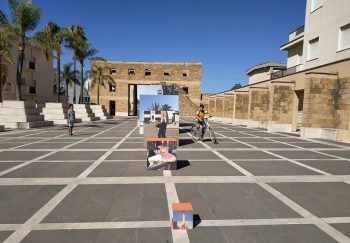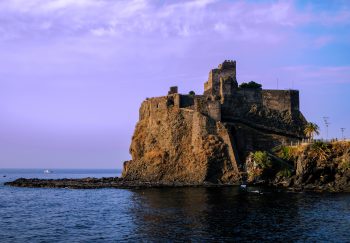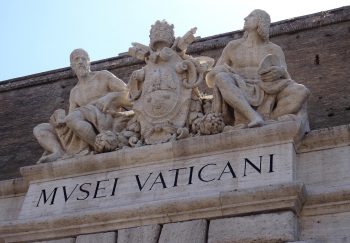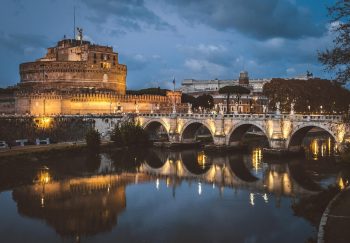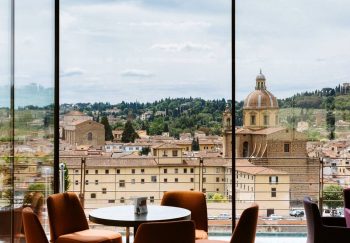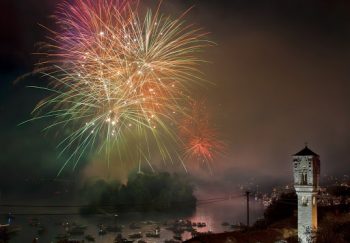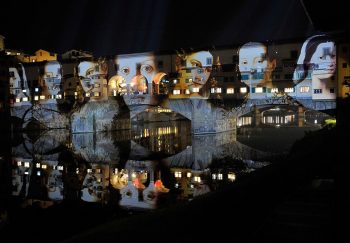In 2018, UNESCO listed the traditional art of drystone walls to the World Intangible Heritage of Humanity in order to preserve a thousand year-old art. It is the sum of all knowledge that has been passed down through the centuries about these walls made with stones piled on top of each other without any other material, except, occasionally, dry earth.
This nomination is common to eight European countries and refers to a practice that is widespread in Italy. It is a wise, millennial art and should be preserved. It is a great example of how man can alter the landscapes to his own purposes while still being in harmony with the natural environment. Banks, terraces, and houses to counter erosion, floods, and desertification of the lands. This will allow for the best microclimatic conditions for livestock and agriculture.
Many landscapes and regions in Sicily are marked by these buildings. They are made from the local materials so that they can be adapted to the specific conditions of the area.
For example, the landscape surrounding Mount Etna’s slopes is filled with lava stone terraces. These terraces are home to lush vineyards that produce the delicious Etna Doc wine. These architectural artifacts are made up of 40m high in steps around the volcano. According to some theories, these architectural artifacts could be either Sicilian temples of religious worship or funerary monuments. However, it is more likely that they are ancient artifacts made by peasants who cleared the fields by laying the stones on top of each other and creating magnificent structures as storage for their tools.
The Iblea country is another highlight. Here, the white limestone walls weave through the region, among farms, pastures, and cultivated fields, revealing a unique and fascinating aspect of the region.
This art form has ancient roots in Pantelleriaisland, the black pearl of Mediterranean Sea. Peasants use this ancient and wise technique to build their homes in both beautiful and difficult environments.
The island is surrounded by 12,000 km of drystone walls, which are perfectly integrated into the landscape. Two intangible assets were named World Heritage here, the Pantelleria grapewine sapling and drystone walls. They are linked by an insoluble bond: a wall can’t be missed where there is a vine.


